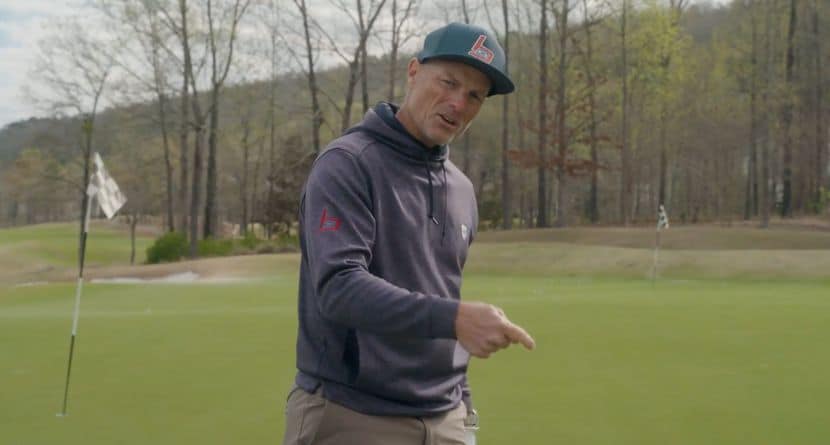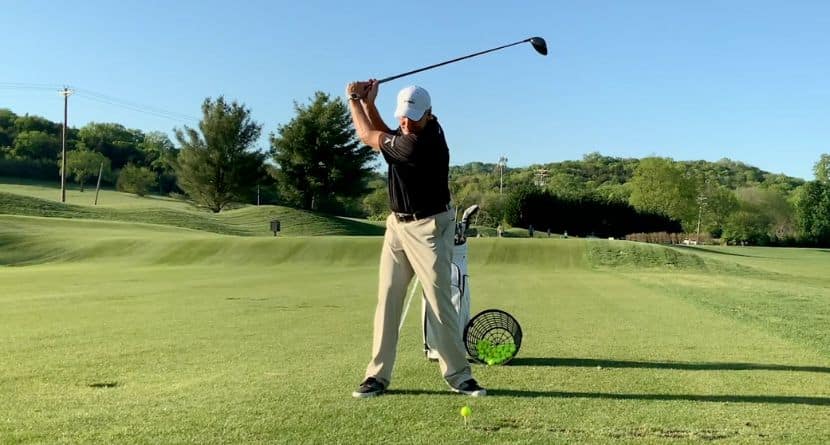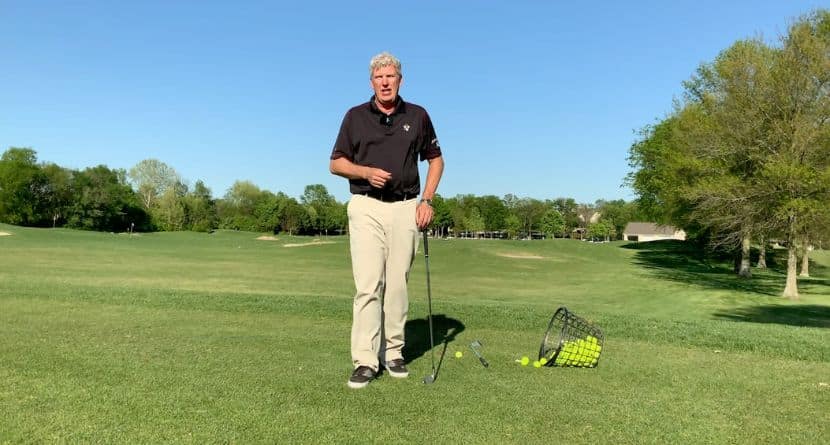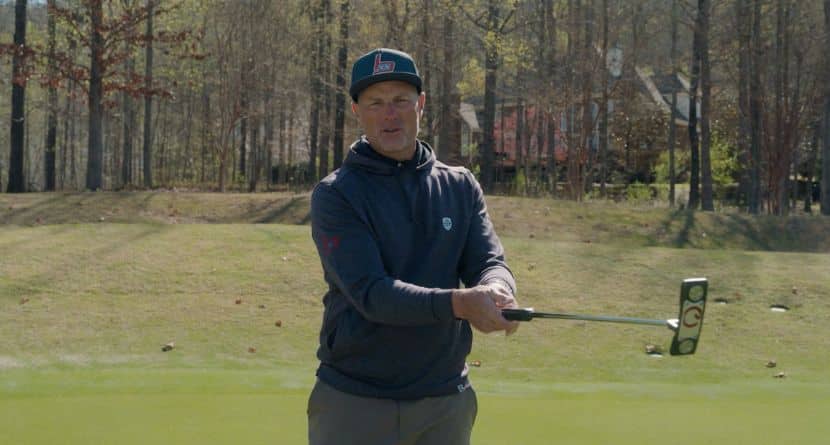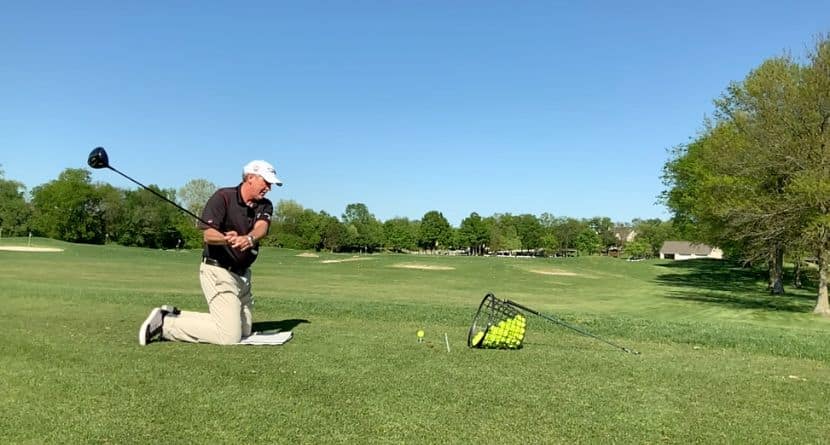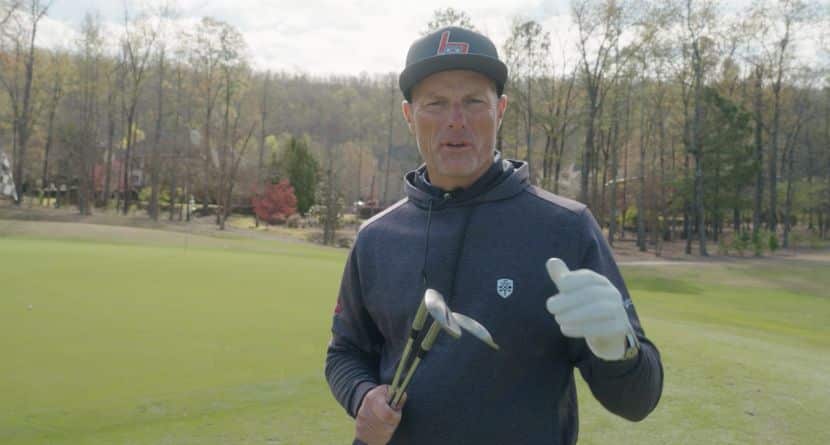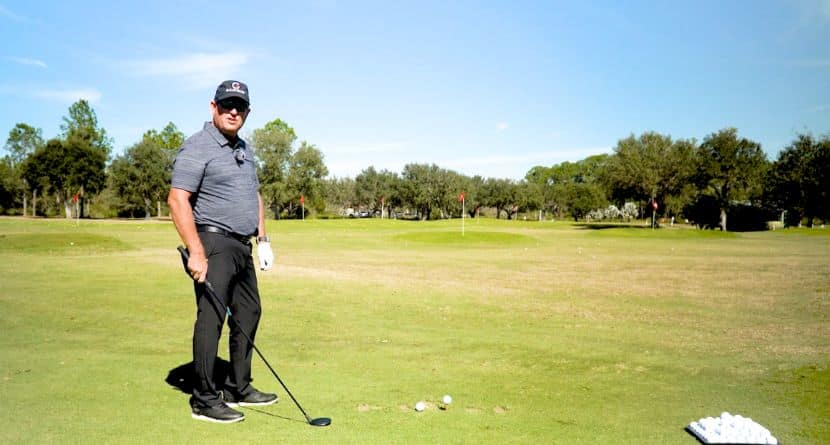Of course Brooks Koepka, winner of the U.S. Open, had some spectacular shots during the final round en route to his second major championship.
One that stood out was his pitch from behind the 12th green. At that point, the round and championship were still in jeopardy and a couple of bad shots could have derailed his chances at a repeat.
After a great bogey save on the 11th hole and an errant tee shot on the 12th, Koepka lashed his way out of the rough and watched as his ball released over the green and settled into thick rough, where players and caddies exit the hole to the next tee, creating a difficult, into-the-grain lie.
Some of the best Tour players in the world struggle to make solid contact from these lies, and others are barely able advance the ball; nevermind the trouble most amateurs have from these lies. Most weekend warriors get themselves into a similar position in two shots and walk off the hole with double bogey or worse!
But, if you take note on how Brooks executed the shot, you will have a great chance at solid contact and a look at par.
- The first key to this shot is to get in a “bunker state of mind.” That is meant in the sense of your setup, club selection, body motion and tempo.
- Similar to a bunker shot, your feet, hips and shoulders will be slightly open to the target line. Your clubface will be open as well. With the proper stance, the open clubface will be pointed down the target line. Also, the open face helps minimize the amount the clubface closes during the shot as we battle through the difficult lie. The ball position needs to be forward of center, helping to add height to the trajectory.
- Choose a club with enough loft to produce a shot that carries more than it rolls. Even though we saw Brooks’ ball run out quite a bit, that was due to the hard and fast playing conditions. Normal playing conditions will keep the ball closer to the flag when the shot is executed properly.
- Although the lie you face would indicate that you should swing as hard as you can, the opposite is actually the case. Success on this shot comes with a relaxed grip, full wrist hinge, and a ¾ swing motion. This motion includes using both upper and lower body, turning your shoulders and hips and making sure to transfer your weight through the shot. Many amateurs try to pull this shot off with just hands and arms. Watch how Brooks uses a smooth and even tempo. For a guy with incredible clubhead speed, we see him choose a controlled and measured swing to get the best contact. Brooks understands swinging hard would not allow him to control the distance and feel needed.
- Finally, turn your body through the shot. This helps to get the club through the rough as the grass slows down the momentum of the swing. A proper shot from the deep rough will result in your upper body facing the target.
NOTE: Take more than normal practice swings from a similar lie to get a great feel for how the grass will impact the club and the likely reaction the ball will have off the club. This information is useful when planning your landing spot and speed needed.
Try these tips to help you play the shot like the U.S. Open Champ.


